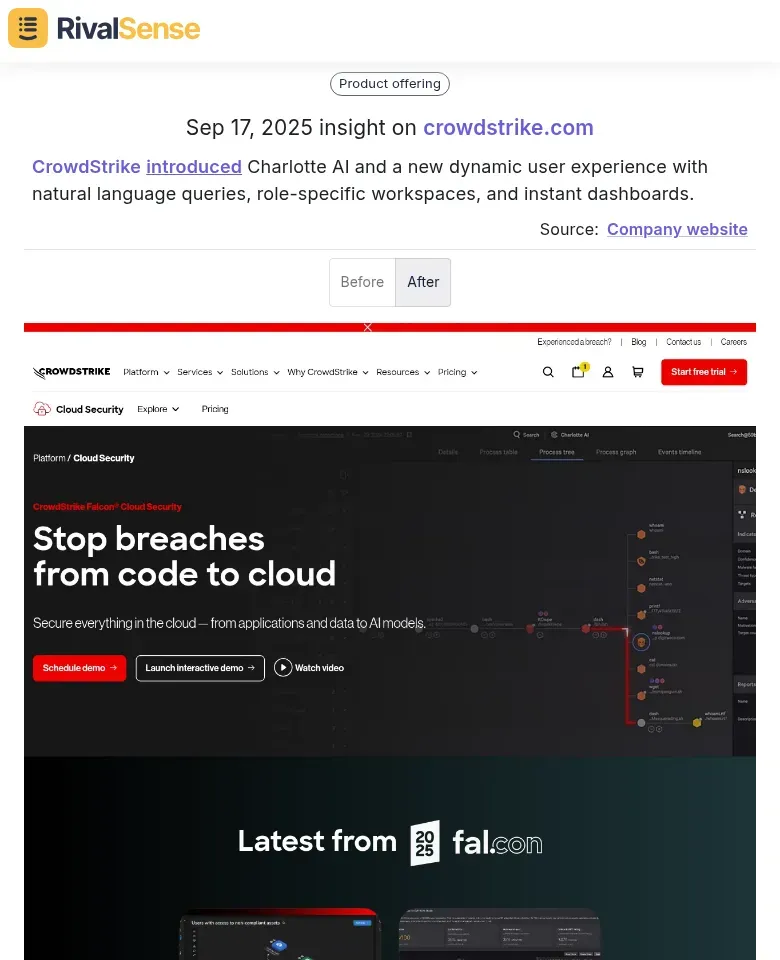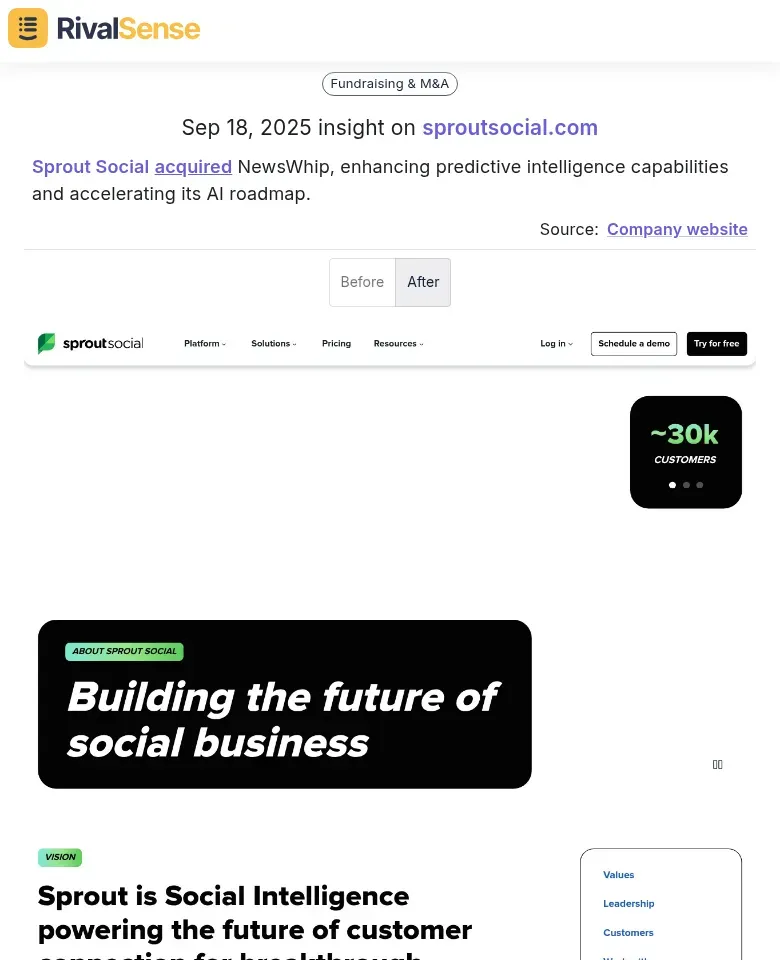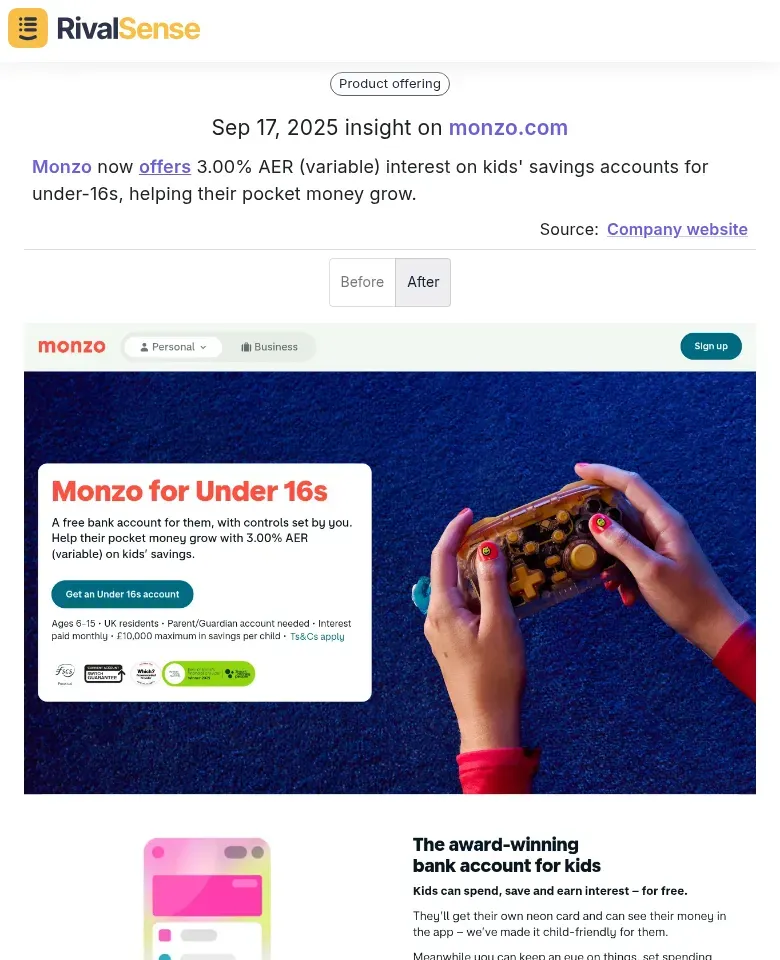Key Account Management Models: The Ultimate 2025 Guide
In today's competitive B2B landscape, your most valuable accounts aren't just revenue sources—they're strategic partnerships that can make or break your business. Research shows that approximately 33% of a B2B company's revenue typically comes from just a handful of key accounts, making effective management crucial for sustainable growth.
Why Key Account Management Models Matter More Than Ever
As markets become increasingly competitive and customer expectations soar, forward-thinking companies realize that not all customers deserve equal treatment. Losing even one key account can create devastating revenue gaps that take months or years to fill, making strategic account management essential for business stability.
The Fundamental Shift: From Transactions to Transformations
Traditional Sales vs. Key Account Management:
- Goal: Transactions vs. Long-term relationships 🎯
- Timeframe: Short-term quotas vs. Multi-year strategic planning
- Customer Base: Many accounts with equal attention vs. Few accounts with deep focus
- Approach: Selling products vs. Solving business problems
- Relationship: Vendor vs. Strategic partner
Essential Key Account Management Models and Frameworks
1. The Four Relationship Stages Model
Understanding where your accounts stand in the relationship lifecycle is crucial for effective management. This model helps you tailor your approach based on the maturity and depth of each relationship.
Tactical Relationship (Stage 1)
- Early, transactional interactions
- Price-focused conversations
- Easy to exit for both parties
- Action Step: Identify accounts with growth potential and develop relationship-building strategies
Cooperative Relationship (Stage 2)
- Multiple teams collaborating operationally
- Price comparisons still occur
- Investment made but returns not yet realized
- Checklist: Evaluate previous investments and fine-tune relationship-building approaches
Interdependent Relationship (Stage 3)
- Client buys exclusively from you
- Involved in their strategic planning
- High switching costs for the client
- Tip: Focus on maintaining this valuable position through continuous value delivery
Strategic Relationship (Stage 4)
- Win-win, long-term partnership
- High exit barriers for both parties
- Open communication at all organizational levels
- Best Practice: Regularly review and reinvent your approach as client priorities evolve
2. The 9-Step KAM Implementation Framework
Based on industry research and best practices, here's a proven implementation model that ensures systematic and effective key account management.
Step 1: Build Your KAM Framework
- Define your KAM journey with clear processes and timelines
- Establish milestones and goal-setting mechanisms
- Practical Tip: Start with a pilot program before full-scale implementation
Step 2: Account Segmentation
- Identify true key accounts (typically 50-100 maximum)
- Use analytical criteria beyond current revenue
- Focus on growth potential and strategic importance
- Checklist: Create segmentation criteria including revenue, growth potential, strategic alignment, and relationship strength
Step 3: Define Roles and Responsibilities
- Identify key personas (Account Management, Sales Enablement, Leadership, Operations)
- Establish collaboration protocols
- Action Step: Create RACI charts for clear accountability
Step 4: Develop Account Plan Blueprints
- Create collaborative plans with internal and external stakeholders
- Ensure real-time information accessibility
- Best Practice: Involve customers in plan development for buy-in and alignment
Step 5: Execute with Clear Action Plans
- Define what needs to be done, by whom, and by when
- Establish success metrics and troubleshooting plans
- Tip: Use SMART goals for measurable outcomes
Step 6: Continuous Monitoring and Recalibration
- Track account plans dynamically
- Course-correct based on relationship changes
- Practical Advice: Schedule quarterly business reviews with key accounts
Step 7: Stakeholder Communication
- Ensure internal team alignment
- Maintain transparent external communication
- Checklist: Regular status updates and KPI sharing with clients
Step 8: Opportunity Planning
- Implement proven frameworks for large enterprise opportunities
- Map stakeholders and identify potential hurdles
- Action Step: Use relationship mapping tools to identify expansion opportunities
Step 9: Process Review and Optimization
- Measure value and profitability
- Evaluate relationship quality formally
- Best Practice: Conduct annual account portfolio reviews
The Critical Role of Competitive Intelligence in KAM
Effective key account management requires more than just understanding your customers—it demands deep insights into your competitive landscape. Real-time competitive intelligence helps you anticipate threats and identify opportunities before they impact your key relationships.
Why Competitor Monitoring is Non-Negotiable
Your key accounts are constantly being courted by competitors. Without real-time intelligence about competitor movements, you're essentially flying blind while your competitors are armed with strategic insights.
Practical Implementation:
Tools like RivalSense provide automated competitor tracking across 80+ sources including company websites, social media, regulatory registries, and industry publications. The weekly email reports ensure your team never misses critical competitive movements that could impact your key account relationships.
Real-World Competitive Intelligence Examples
Product Innovation Tracking
When CrowdStrike introduced Charlotte AI with natural language queries and role-specific workspaces, it signaled a major shift in cybersecurity platform capabilities. Tracking such product launches helps you understand how competitors are enhancing their value proposition to your shared accounts.

Strategic Acquisitions & Partnerships
Sprout Social's acquisition of NewsWhip enhanced its predictive intelligence capabilities and accelerated its AI roadmap. Monitoring such strategic moves helps you anticipate how competitors might strengthen their positioning with your key accounts.

Pricing and Service Updates
When Monzo offered 3.00% AER interest on kids' savings accounts, it demonstrated how competitors might use pricing and feature changes to attract and retain valuable customer segments. Tracking these changes helps you stay competitive in your value delivery.

Competitive Intelligence Checklist for KAM Success:
✅ Monitor Competitor Product Roadmaps - Stay ahead of feature releases that could sway your accounts
✅ Track Pricing Changes - Understand how competitor pricing strategies might affect your value proposition
✅ Follow Executive Movements - Know when key decision-makers change at competitor organizations
✅ Watch Partnership Announcements - Identify new competitive threats or collaboration opportunities
✅ Regulatory Compliance Tracking - Ensure you're aware of compliance changes that could impact account relationships
Advanced KAM Strategies for 2025
1. Predictive Account Growth Planning
Move beyond reactive management to predictive growth strategies. Use data analytics to identify:
- White space opportunities within existing accounts
- Cross-selling and upselling potential
- Account health indicators and churn risks
2. Digital Transformation of KAM
Leverage technology to scale your KAM efforts:
- Implement specialized KAM platforms beyond basic CRMs
- Use AI-powered insights for relationship intelligence
- Automate competitive monitoring and alert systems
3. Executive Alignment Programs
Develop structured executive engagement frameworks:
- Regular C-level to C-level meetings
- Joint business planning sessions
- Co-innovation initiatives with key accounts
Implementation Roadmap: Getting Started with KAM
Phase 1: Foundation (Weeks 1-4)
- Identify 5-10 pilot accounts
- Establish basic segmentation criteria
- Train initial KAM team
- Set up basic monitoring systems
Phase 2: Scaling (Months 2-3)
- Expand to 20-30 accounts
- Implement full KAM framework
- Integrate competitive intelligence tools
- Establish governance processes
Phase 3: Optimization (Months 4-6)
- Refine segmentation models
- Enhance predictive capabilities
- Implement advanced relationship mapping
- Continuous improvement cycles
Measuring KAM Success: Key Metrics
Financial Metrics:
- Account revenue growth
- Profitability per account
- Customer lifetime value
- Expansion revenue vs. new business
Relationship Metrics:
- Net Promoter Score (NPS)
- Customer satisfaction scores
- Relationship strength indicators
- Stakeholder engagement levels
Operational Metrics:
- Account planning completion rates
- Opportunity win rates
- Competitive threat detection time
- Response time to account issues
The Future of Key Account Management
As we move into 2025, KAM is evolving from a sales function to a strategic business capability. The most successful organizations will be those that:
- Integrate AI and Machine Learning for predictive insights and automated relationship management
- Leverage Real-time Competitive Intelligence to stay ahead of market movements
- Develop Hyper-personalized Engagement Strategies based on deep account understanding
- Create Ecosystem Partnerships that deliver unprecedented value to key accounts
Conclusion: Transforming Vendor Relationships into Strategic Partnerships
Key Account Management isn't just about managing important customers—it's about building strategic partnerships that drive mutual growth. By implementing structured KAM models, leveraging competitive intelligence, and focusing on long-term value creation, you can transform your most valuable accounts into unstoppable growth engines.
Remember: In the world of key account management, knowledge isn't just power—it's profitability. Understanding your accounts deeply while staying ahead of competitive movements ensures you're always positioned as a strategic partner rather than just another vendor.
Ready to enhance your competitive positioning? Try RivalSense for free to get automated competitor tracking across 80+ sources, delivering comprehensive intelligence in weekly reports that keep your team informed and ahead of market changes. Get your first competitor report today at https://rivalsense.co/
📚 Read more
👉 5 Game-Changing PR Key Account Sales Tracking Hacks for 2025
👉 How Real-Time Executive Intelligence Drives Acquisition Strategy: CrowdStrike Case Study
👉 Facebook Competitor Insights: Strategic Mapping for Business Advantage
👉 Actionable Strategies to Outshine Competitors in Cybersecurity Brand Perception
👉 How to Track Competitor Employee Changes for Strategic Advantage
